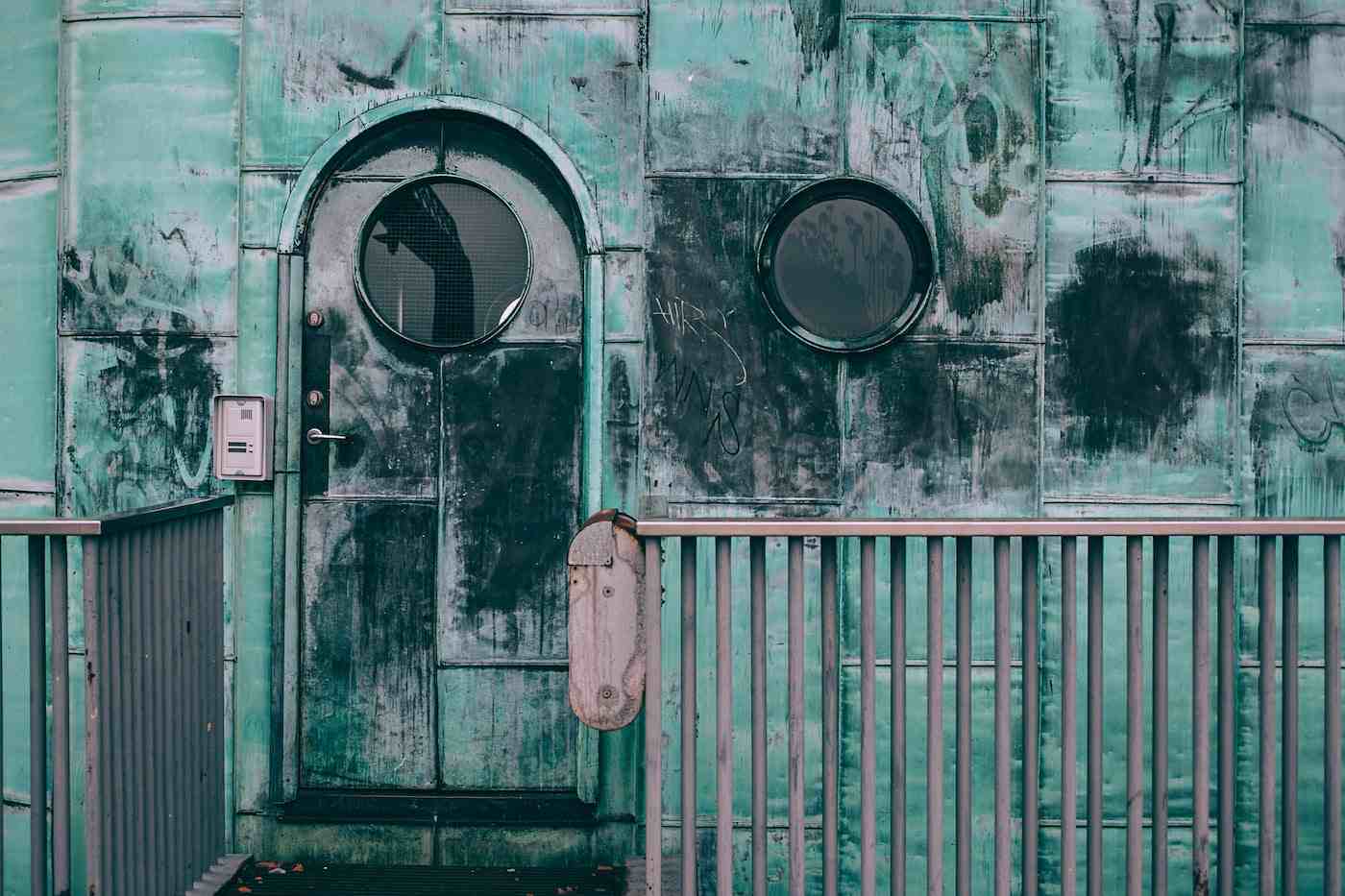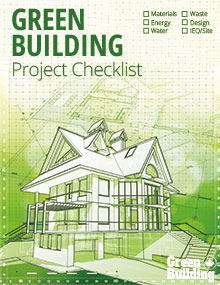Are you considering a metal building to store your equipment, provide extra space for your business, as an additional investment or even as a primary dwelling?
Metal buildings are becoming an increasingly popular choice due to their low cost and minimal maintenance requirements. There are a lot of questions surrounding them, though, from how much they cost to what types of materials they can be built out of.
To help you make an informed decision, here are some answers to your questions about metal buildings. Learn all about the materials used, construction tips and much more. Get started with this helpful guide.
What Metals Are Metal Buildings Made Of?
When it comes to metal buildings, there are a few different metals that can be used.
Steel is one of the most common materials used because it is strong and durable. Aluminum is another popular choice, offering benefits such as corrosion resistance and a lower weight than steel. In some cases, copper or even stainless steel may be used for certain applications.
Each type of metal has its own advantages and disadvantages, so it’s important to do your research before making a decision. Ultimately, the best material for a metal building will depend on the specific needs of the project.
Also, have in mind that metal building systems are usually made of several different metals, such as steel framing and aluminum paneling. It is important to consider the type of metal that will work best in each specific application.
By choosing the right materials for your project, you can ensure a durable, long-lasting structure that meets your needs.
What Kind of Foundation Do I Need?
If you want to install a metal building, you will need to have a good foundation. The type of foundation needed depends on the size and use of your metal building. For example, if you are planning to use your metal building for a workshop or storage shed, then you may only need a concrete slab or gravel base.
If you plan to use your metal building as a home or office, however, you will need a more substantial foundation such as a concrete slab with footings.
In some cases, you may also need to pour cement walls around the perimeter of the building. It is important to check with local building codes and obtain permits before beginning any construction on your property.
What Are the Insulation Options for a Metal Building?
Since metal buildings are not naturally well-insulated, it is important to look at different insulation options that can enhance energy efficiency. Common insulation materials for metal buildings include spray foam, batt and blanket insulation, rigid board insulation, radiant barrier systems and reflective insulations.
Spray foam is the most popular choice due to its ability to create an airtight seal. Batt and blanket insulation is often used in walls, floors, and ceilings to help reduce heat transfer. Rigid board insulation is a good choice for exterior walls and interior walls due to its superior fire-rated properties.
Radiant barrier systems are effective at blocking radiation from the sun while also reflecting it back inside the building. Reflective insulation helps by bouncing energy back into the building, keeping it cooler in summer and warmer in winter.
Choosing the right insulation option will help make a metal building more energy efficient and comfortable throughout the year.
Can I Change the Sizes and Locations of Doors and Windows Once the Building is Complete?

Once a metal building is completed, it can be difficult to add or move doors and windows.
While some modifications such as trimming the door frame are possible, major adjustments like adding a window or door will likely require dismantling part of the existing frame and replacing it with new components, a process that can be expensive and time-consuming.
However, when designing your metal building, it is possible to specify the exact locations and sizes of doors and windows. This will ensure that your building meets all your needs while avoiding costly modifications down the road.
Can I Build This Myself or Should I Hire a Contractor?
As with any home improvement project, the answer to this question depends on your experience and expertise.
If you are a DIY enthusiast with experience in building projects, then you may be able to construct a metal building yourself. However, if you lack the necessary experience or don’t feel confident in your ability to get the job done correctly, it is best to hire a professional contractor.
A qualified contractor can ensure that your metal building is installed correctly and meets all applicable codes and regulations.
Additionally, contracting out the job may help to protect you from any liability due to improperly installed structures. It’s important to remember that constructing a metal building is no small task. It takes hard work, skill and attention to detail. Ultimately, if you feel like the job is too big for you to take on yourself, it’s best to hire a contractor.
Can the Exterior Be Customized?
To some extent, the exteriors of metal buildings can be customized. For example, choosing a colour or texture of paint that you like and adding custom windows, doors, lighting fixtures and venting systems are all options when trying to make the exterior of a metal building your own.
However, there are certain limitations on what kinds of customization can be done. Since metal buildings are designed and manufactured in specific sizes, you will need to consult with the manufacturer or builder to determine what customization is available.
Additionally, depending on where your metal building is located, there may be local codes that regulate what kind of exterior features can be included. Depending on the complexity of your desired customization, it may also add significantly to the total cost of your metal building.
Conclusion
Metal buildings offer a variety of benefits to those looking for an affordable, reliable, and long-lasting building solution. With their superior strength and durability, metal buildings are great for residential, commercial and industrial use.
Furthermore, they can be designed to meet the specific needs of many projects. They also require minimal maintenance and upkeep over their lifetime, making them a smart and cost-effective choice.
Ultimately, metal buildings could provide an array of solutions to meet the needs of your building project.
Feature image: anthony mcgee; Image 1: Maria Orlova


